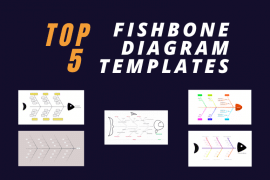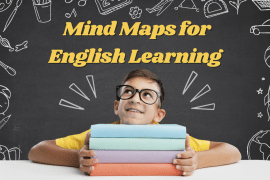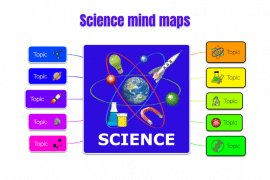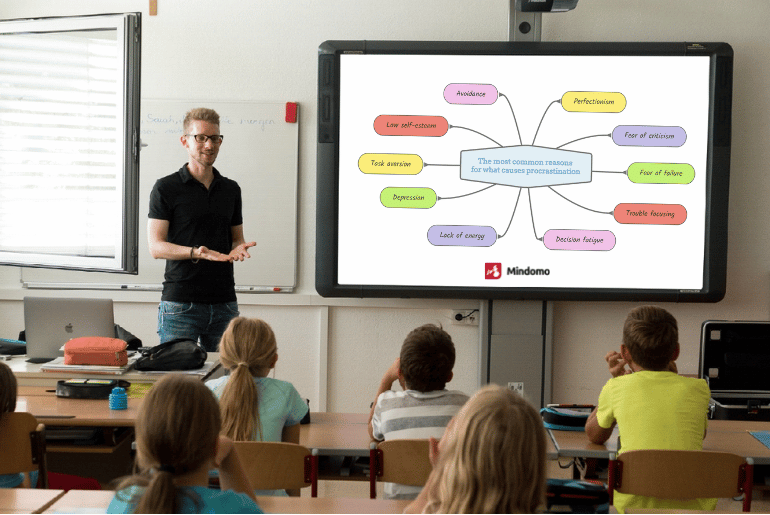
Thinking maps are a set of mind maps for kids that help to build their cognitive skills. Paired with mind mapping software, they can help expand the quality of the subjects being taught. The grade levels can range from K – 12 to help build lasting strategies for how children can learn. For example, a common visual language is taught alongside a cognitive process flow through the eight different variations. A thinking map helps the learning community by having these visual representations eventually become graphic patterns.
This helps to answer a common question of what is visual learning? It’s about learning through visual representation versus simply reading words out of a book. Why should you use visual diagrams? It helps with problem-solving and can be completed as a group activity. This helps to foster critical thinking and have students approach problems step by step. Eventually, as we become adults, we can advance easily to consistently using a mind map diagram.
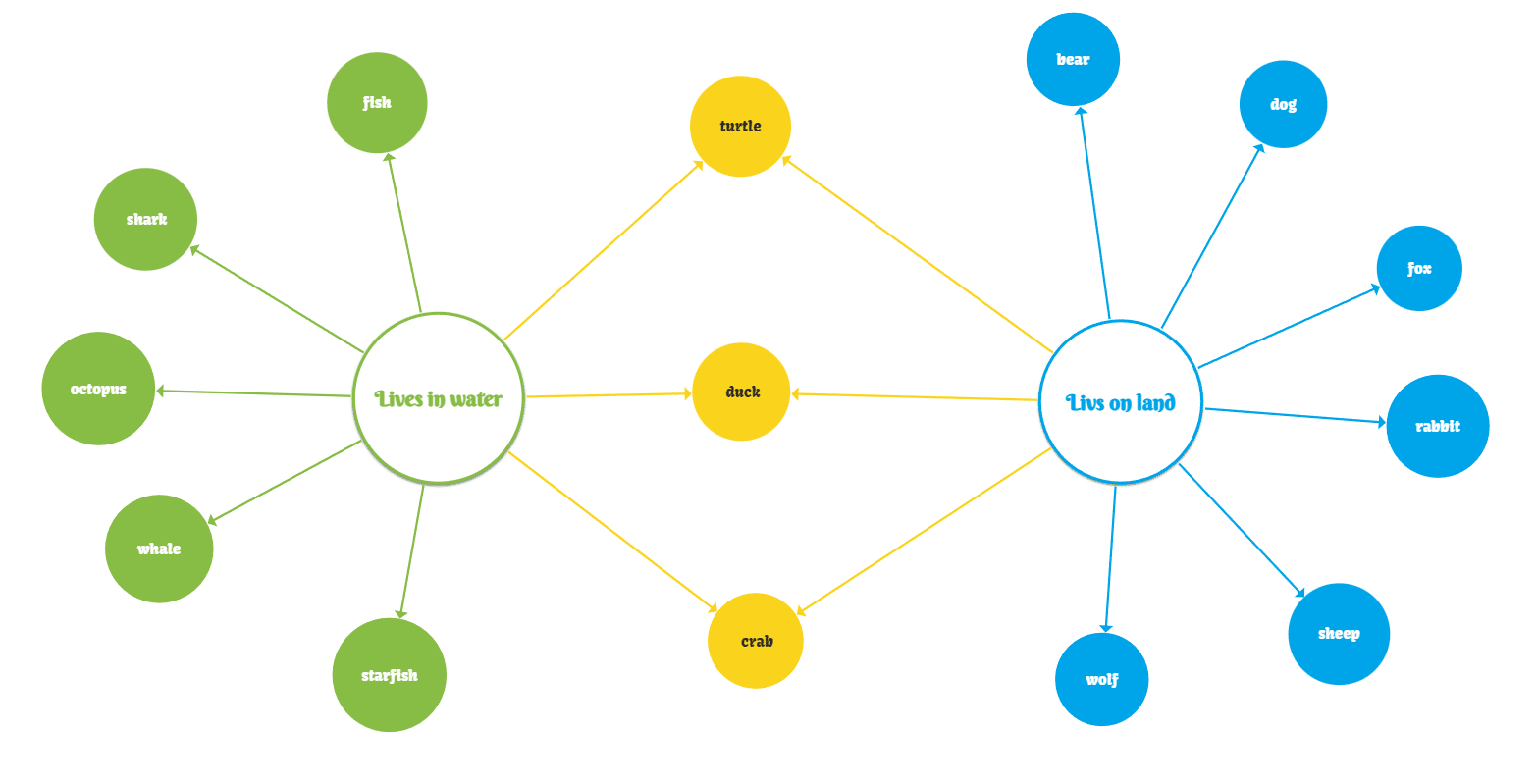
It all starts with learning the fundamentals of abstract concepts and building them into these various concept maps. The learning community uses these graphic organizers of sorts, and many classrooms are seeing these more often. This had students making the connections themselves, and the sooner they learn it, the better for their cognitive processes.
What are the 8 types of thinking maps?
Bubble Map
One of the more common mind maps, a bubble map, is about expanding vocabularies. It works for all grade levels and helps students connect various words. Students use all their five senses to be as descriptive and logical as possible. It all starts from the center, with the core topic inside the main bubble. Then smaller bubbles break out that are related (such as adjectives to describe). Then those adjectives are described further, and so on.
A Double Bubble Map is Another Handy Thinking Map
A double bubble map helps with the comparison of two ideas or things and is a useful example of graphic organizers. First, make a more complex bubble map. The start of a double bubble is with two big circles that have the topics for comparison. Words that relate to both bigger bubbles are on the inside. Words that contrast the two main topics are in small bubbles outside the larger bubbles. This is similar to a Venn diagram.
Circle Map
The learning community uses a circle map as a way for students to help with definitions. Circle maps are excellent brainstorming diagrams. Any idea or thought can go in there. It’s about exploring a topic and assessing the knowledge of the classroom. You can use it to see how successful the teaching was and where there are pain points. The frame holds the circle with the overall topic. The inner circle contains the main topic, and there’s only one outer circle. Here students fill the circle map with their own knowledge.
Flowchart (Flow Map)
Another excellent example of concept maps is flow maps, and they help the learning community teach in an iterative process. A flow map takes a step-by-step approach to different stages or events. It’s about ordering all the various data points and placing them in a logical flow. It can run from top to bottom or alternatively, left to right but will start with a main sequence or event. Then, each additional box is another sequence in that event connected by an arrow.
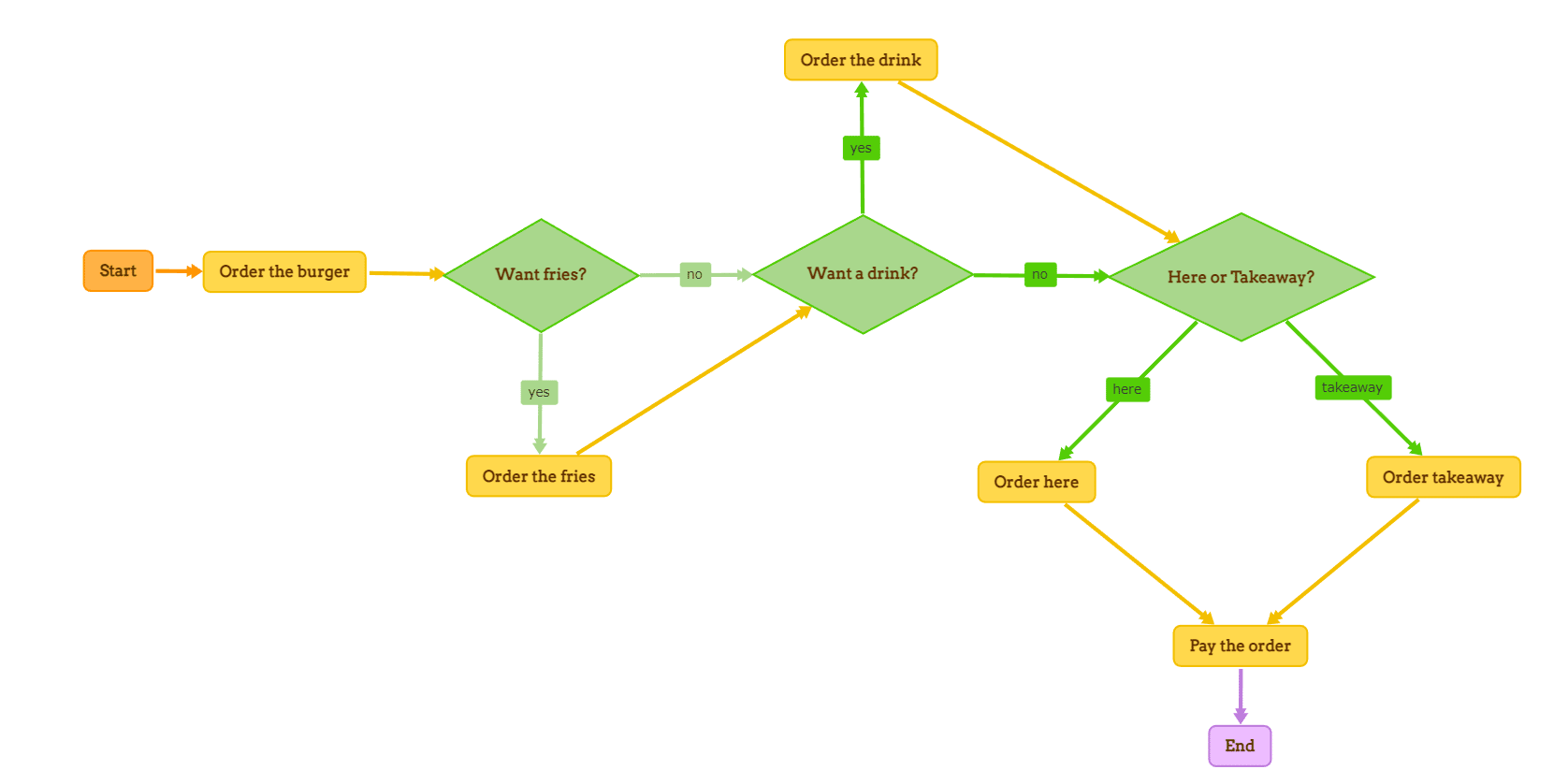
Multi-Flow Map
A multi-flow map will branch out the sequence of the event if it’s to map out alternative sequences or to show cause and effect as it’s happening. That means if action A happens, result B occurs, and so on. The central box shows the originating location. The causes of an event are on the left side, with the right side being all the subsequent effects. This helps to show visual patterns of causes and effects. A multi-flow map acts as a tool to help with predictions and problem-solving for the learning community.
Bridge Map
A bridge map is all about finding connections in a common visual language. It helps to show similarities or relationships in regard to two different concepts. The students will write everything that’s relatable around the ‘bridges’. This is one of the concept maps that helps to show why relationships are important.
Brace Maps
Regarding concept maps, a brace map is great for breaking down a thing, idea, or concept. The whole concept or object starts out at the left and is broken down into a more detailed picture. The brace will continue to break down the topics into more refined terms and concepts. In comparison, a treemap is one of the better graphic organizers for a better visual representation. Brace maps help build out more than just hierarchy and can be broken out into fresh concept maps.
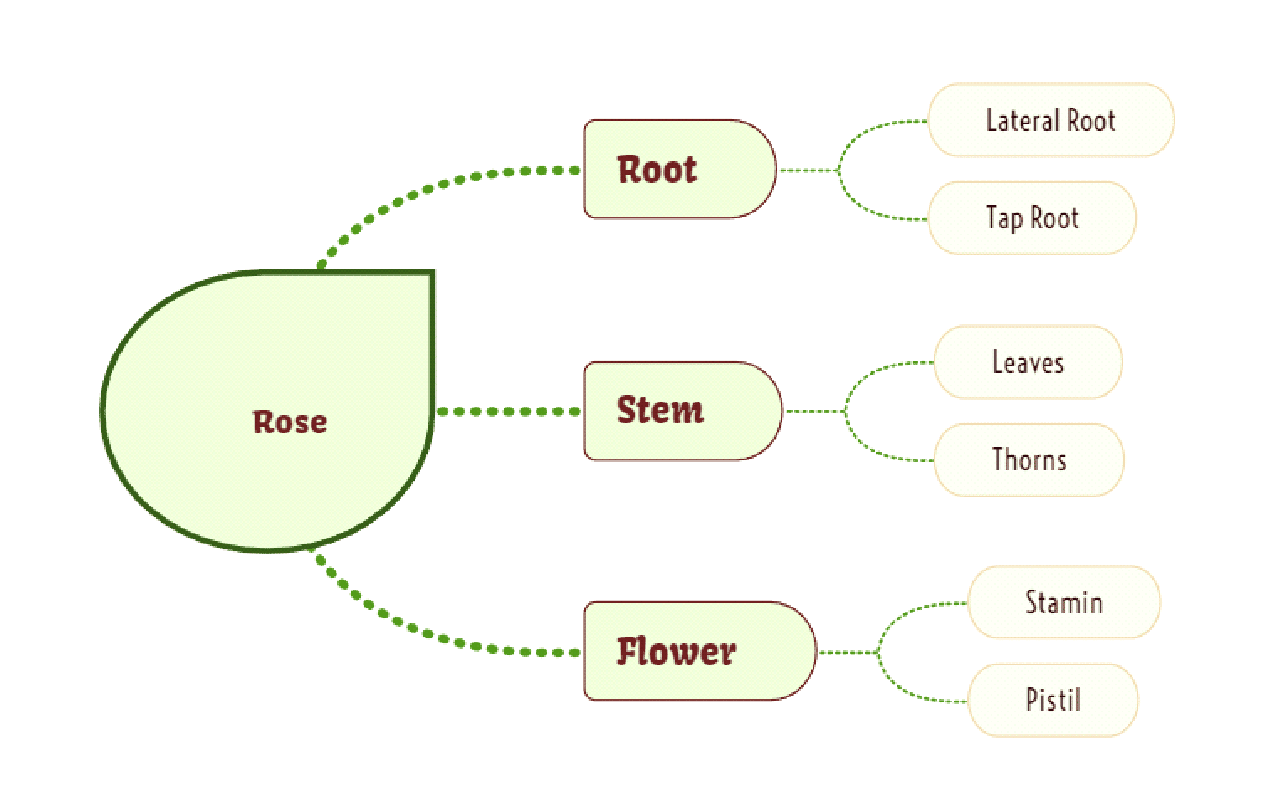
Treemap
A tree map is one of the types of graphic organizers students will commonly see. It’s a hierarchical approach with the main topic starting at the top of the tree map. The connection lines are formed to connect the primary idea to different subsets. It helps students provide a classification of attributes. At the same time, a tree map helps with the cognitive process and expanding vocabulary as well.
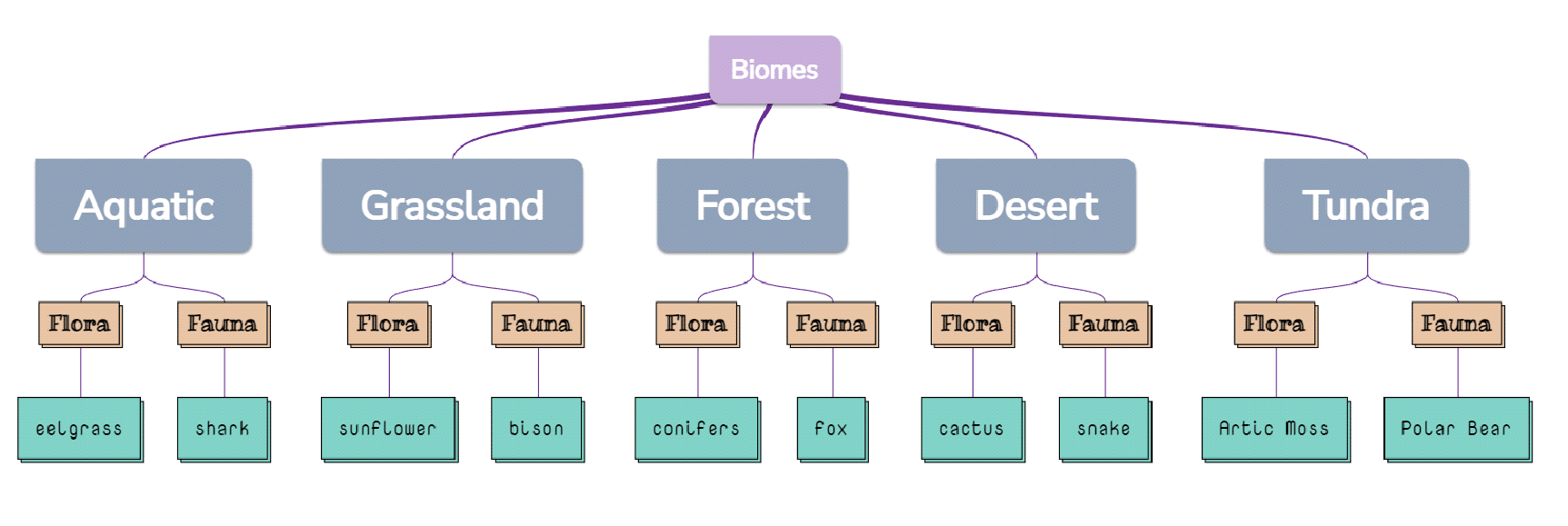
Working with the right tools for your thinking map
When building out any of these graphic organizers above, it’s all about having the right type of tool to help. A great mind map presentation tool or thinking maps tool is, of course, Mindomo. This tool helps to bring about numerous templates to easily help build out any of the 8 types of thinking maps.
The best part is that this mind mapping software starts out free, with enough features for the best thinking maps you can build. There’s enough flexibility, and it’s also easy to share any of these maps with others. Sharing live can help with the overall experience and helps to make this one of the better group activities. Then they can be saved for future reference or as before and after examples. All of this is with the mindset of building up the cognitive skill set and consistently building out visual representations.
Keep it smart, simple, and creative!
The Mindomo Team


